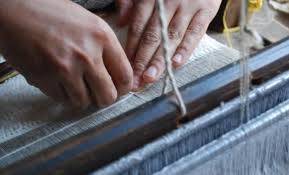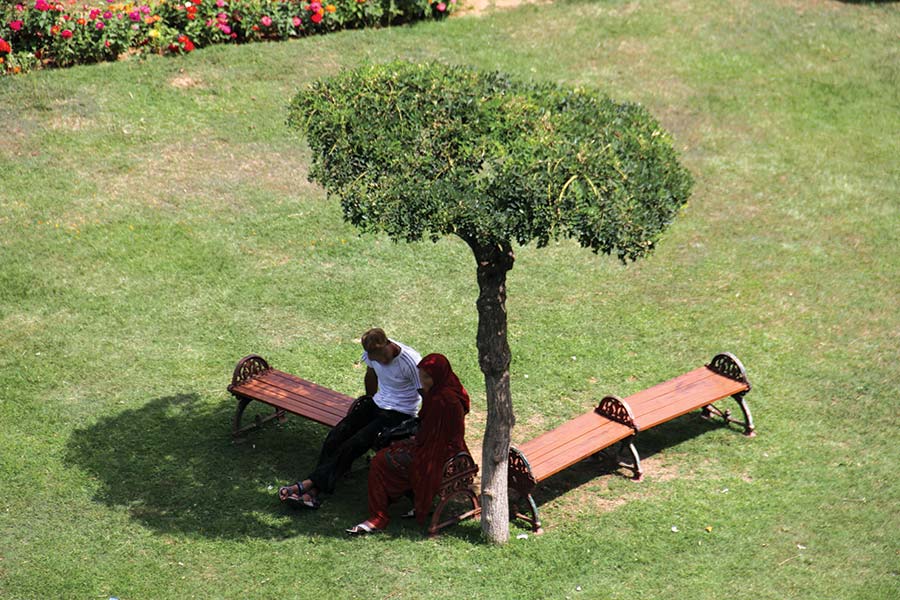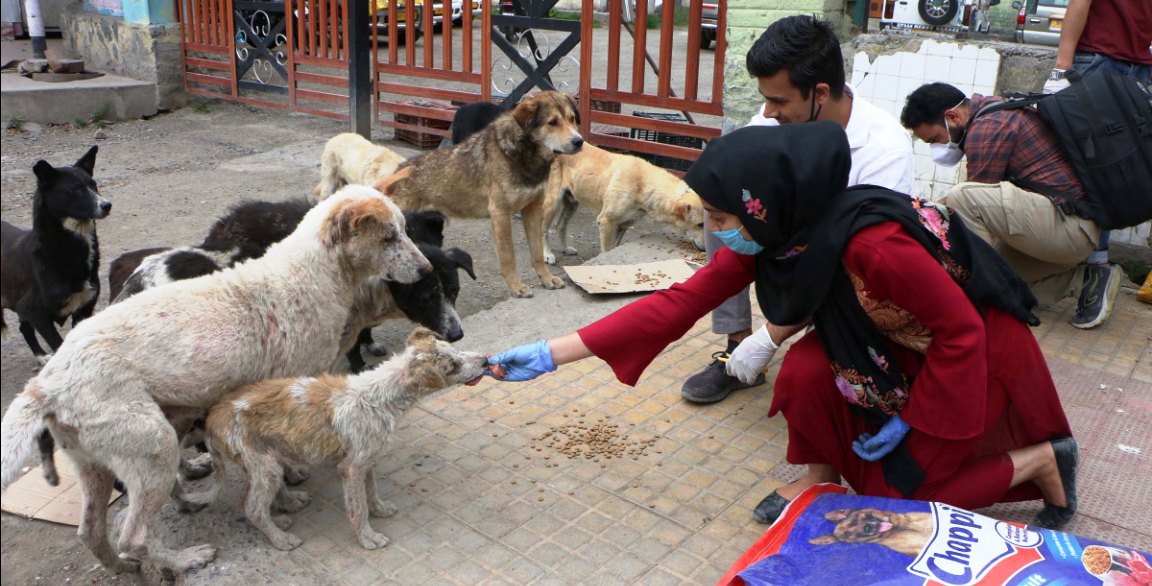Syed Junaid Hashmi
Jammu
In a controversial decision, a parliamentary panel has recommended lifting ban, allowing weaving and trading in the world’s most expensive fabric, shahtoosh, made from the fine fur undercoat of the endangered Tibetan antelope known as “chiru.”
The panel has recommended that the Union Ministry of Environment, Forest and Climate Change should conserve and breed the chiru goat and vast tract of land should be utilized for conserving the chiru goats. These goats can then be given to the shawl makers for collecting hair. This would not only increase number of these goats but would also add to the sustainable livelihood opportunities of the people of Jammu and Kashmir, who, according to the panel are a lot dependant on the handicraft of embroidered shawls.

The Panel on Environment and Climate Change headed by Congress leader Renuka Chowdhury has in its 300th report on the Demands for Grants (2017-2018) of the Union Ministry of Environment, Forest and Climate Change said that Kashmir has been the conflict region for long and many women there are unable to leave their homes and go out for livelihood. Shawl walas who live there have been accused of killing the chiru goat in order to procure the wool for making a shahtoosh shawl.
Referring to the shawl makers, Panel has said that the Shawl walas denied killing the goats, the Tibetan antelope known as “chiru. The Shawl walas pointed out that if they kill a goat for every shawl, where will shawls be produced from. “We understand that China and Mongolia are breeding the chiru goats and Mongolia is known for its finest wool. We feel that livelihood opportunities are very low for the people of Jammu and Kashmir because of the extreme climatic conditions there and shawl making contributes a lot towards sustainable livelihoods of these people,” panel has said.

The panel has referred to its meeting held on February 14, 2017 wherein the members had observed that Chiru goats were being used by in Jammu and Kashmir for extracting wool and making shahtoosh shawls. They had then asked Union Ministry of Environment, Forest and Climate Change to apprise them about the wildlife status of the chiru goats. The Ministry had responded by saying that Tibetan antelope (Panthelop Hodgsoni) from which the shahtoosh is derived is included under Schedule-I of Wildlife (Protection) Act, 1972.
Ministry said that this species is highly endangered and any commercial trade is strictly prohibited. There are only few animals left in the wild and as it is critically endangered, the species is listed in Schedule-I of the Act, thereby according it highest degree of protection. Hunting of the species and trade of its parts and products, including shawls made of Chiru wool are prohibited under the Act. Any contravention of the provision of the Act attracts stringent penalties.
The Ministry had strictly said that as Chiru cannot be used for extraction of wool for shahtoosh wool as per the prevalent Act and those impacted by this ban should search for an alternate livelihood while promising that the ministry would extend support for alternative livelihood for the affected communities. But the panel overruled the observation of the ministry and instead, recommended that it should follow those countries which have successfully reared this animal for the prized possession of the Shahtoosh which is rare world over.

The selling or owning of shahtoosh was made illegal in all countries that signed the Convention on International Trade in Endangered Species on March 3, 1975. The trade in shahtoosh, known for its lightness, softness and warmth, is banned under the Convention on International Trade in Endangered Species. India endorsed the ban in 1976 and the Jammu and Kashmir government did likewise under mounting pressure from wildlife activists and environmentalists in 2002.
This was followed by supreme directing the state government to put a complete ban on the manufacture and trade of shahtoosh shawls on November 23, 2005. A Bench of Justice Ruma Pal, Justice A. R. Lakshmanan and Justice Dalveer Bhandari in an interim order had directed the Jammu and Kashmir Government to enforce in letter and spirit the Jammu and Kashmir Wildlife (Protection) Act, prohibiting hunting of chiroo, sale of its wool, manufacture and trade of shahtoosh shawls or any other product made from it.
Chiroo is generally found in India in the Ladakh region besides some places in Himachal Pradesh bordering Tibet, Sikkim and Nepal. The shy animal, which normally lives in herds in high altitudes of the snow-covered Himalayas, is being indiscriminately killed for its wool to make shahtoosh shawls, mainly manufactured in J and K, which fetched a very high price for it. The price of a shahtoosh shawl on the underground market in Delhi ranges from the equivalent of $890 to $2,780. Prices in more distant markets can be three to eight times as much. During a raid on a London shop in 2000, police seized 138 shahtoosh shawls, bearing price tags in British pounds equivalent to a low of $3,600 and a high of $27,000.















